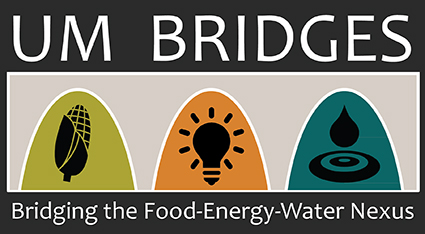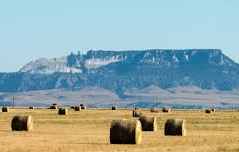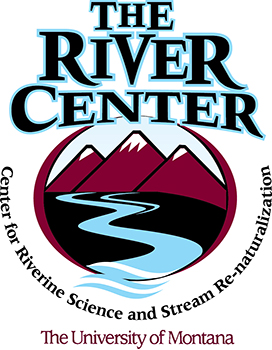
BRIDGES faculty and students engage in co-lab to investigate coupled social and hydrologic data for modeling changes in working agricultural landscapes

Many recent advancements have been made in efforts to integrate different types of social data into hydrologic models as a means to more accurately predict the social and economic impacts of changes in hydrology (e.g. Torres et al. 2012). Much of the social data used in these efforts have been economic or demographic data (Kramer et al. 1997; Harou et al. 2009; Lele 2009; Elbakidze and Cobourn 2013; Ji and Cobourn 2018), but there are other examples including management data such as dam operation schedules (Han et al. 2017), and rules for managing irrigation districts (Elbakidze et al. 2012). It has been difficult, however, to integrate social data such as water rights information at the parcel scale, landowner behavior beyond profit maximization, and informal shared governance arrangements such as water sharing or voluntary drought mitigation plans; this stems from a variety of challenges including disparate understandings of water and water management, as well as disciplinary differences in data collection and analysis (Linton and Budds 2014; Wesselink et al. 2017).
In this co-lab, faculty and students pursued a systematic literature review to better define and address this gap in the scholarship, with a specific aim to synthesize what is known and characterize existing approaches. Students engaged faculty in bi-weekly discussions; participating faculty held expertise in hydrologic modeling, water governance, economics, and social psychology. Together, students and faculty identified 94 core papers that either previously reviewed concepts in hydro-social modeling or presented attempts or approaches. Students developed a series of questions to systematically evaluate each paper and the corresponding review revealed a set of core challenges that disciplinary and interdisciplinary researchers face when developing models that attempt to integrate both hydrologic and social datasets. These challenges can be divided into three larger themes, including: (1) problems with data aggregation in modeling and corresponding information loss; (2) challenges of scale; and (3) difficulties with understanding and integrating dynamic feedbacks.
The results of the co-lab are pending, but the students and faculty involved are drafting a literature review manuscript for peer-review that highlights the major challenges to social-hydrological modeling identified during the co-lab. The manuscript will also suggest approaches to overcome these challenges including (1) increasing the use and visibility of discrete social theories to underpin, test, and validate hydro-social models; (2) increasing the complexity of social data used in modeling while preserving the robustness of hydrologic elements; and (3) creating a typology of current hydro-social modeling approaches, i.e. identifying the strengths and weaknesses of different modeling choices. Overall, the co-lab was a valuable opportunity for faculty and students from biophysical (geosciences) and social (economics, geography, social psychology) science disciplines to review common research, discuss disciplinary assumptions, define a shared gap in the literature, and creatively and collectively work toward articulating a coherent path forward for improving hydro-social modeling efforts for both research and management. In the process, students increased cross-disciplinary literacy, practiced robust literature review skills, and participated in team-based, interdisciplinary research.
Faculty: Brian Chaffin, Marco Maneta, Alex Metcalf, Katrina Mullan
Students: Anna Crockett, Jordan Jimmie, Zachary Lauffenburger, Holly Nesbitt, Cassandra Sevigny
References
Elbakidze, L., Shen, X., Taylor, G. and Mooney, S., 2012. Spatiotemporal analysis of prior appropriations water calls. Water Resources Research, 48(6).
Elbakidze, L. and Cobourn, K.M., 2013. Economic foundations for the interdisciplinary modeling of water resources under climate change. Journal of Contemporary Water Research & Education, 152(1), pp.32-41.
Han, B., Benner, S.G., Bolte, J.P., Vache, K.B. and Flores, A.N., 2017. Coupling biophysical processes and water rights to simulate spatially distributed water use in an intensively managed hydrologic system. Hydrology and Earth System Sciences.

